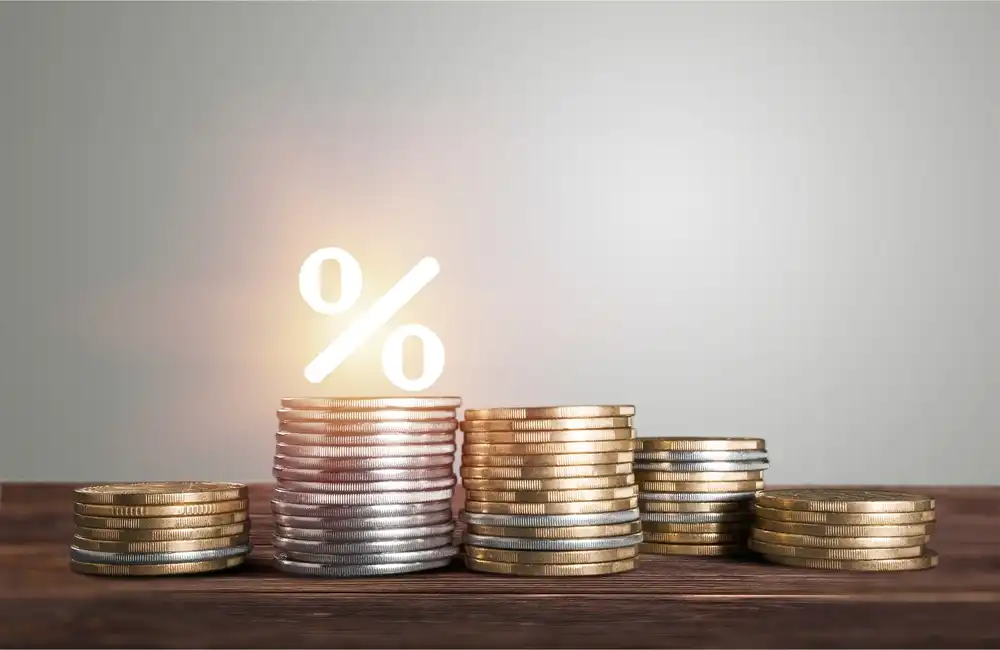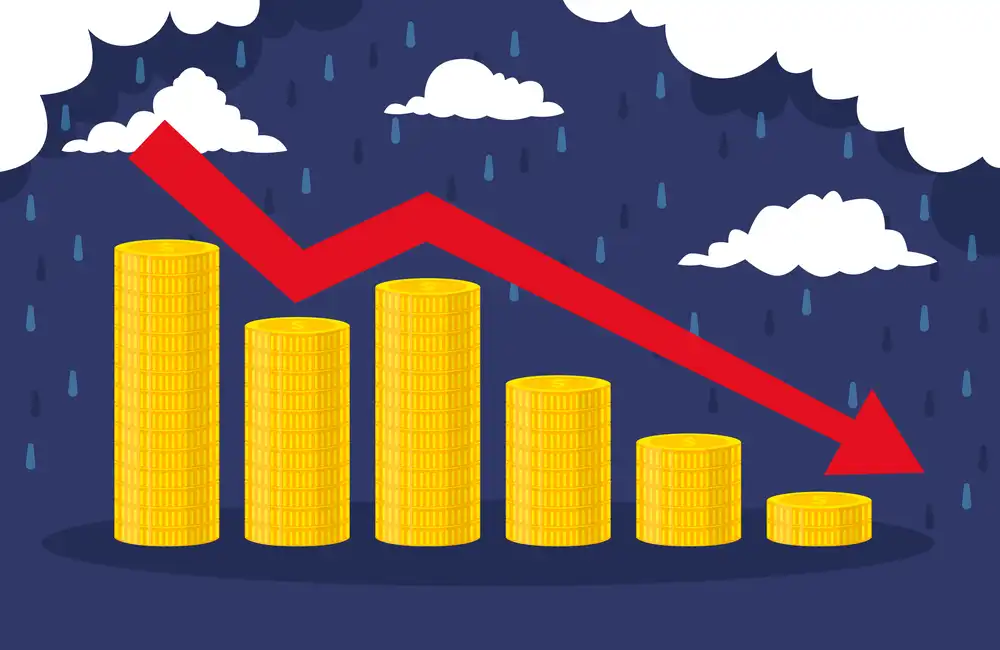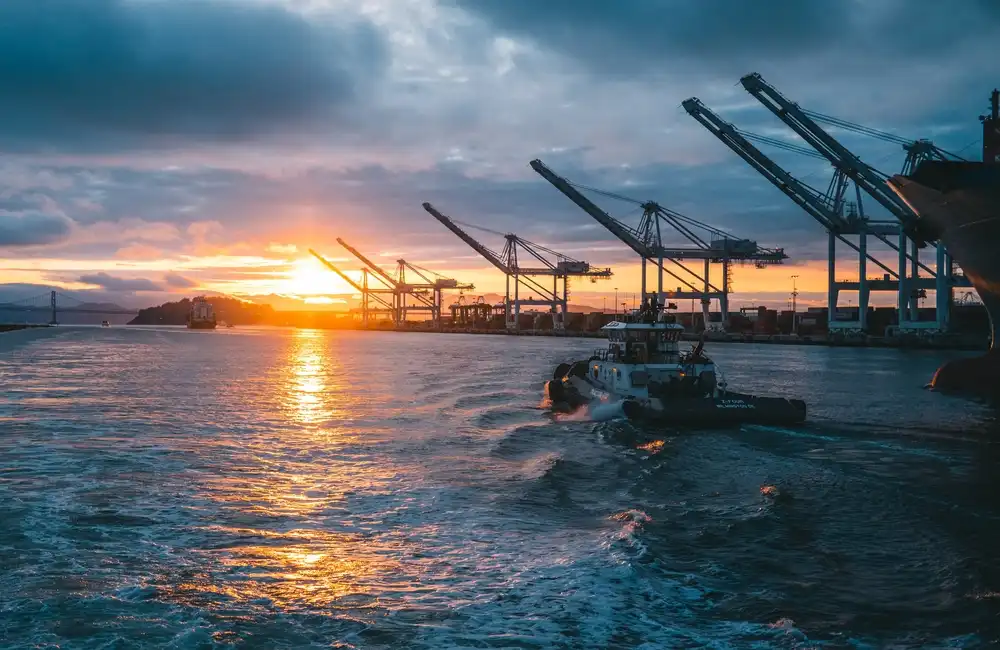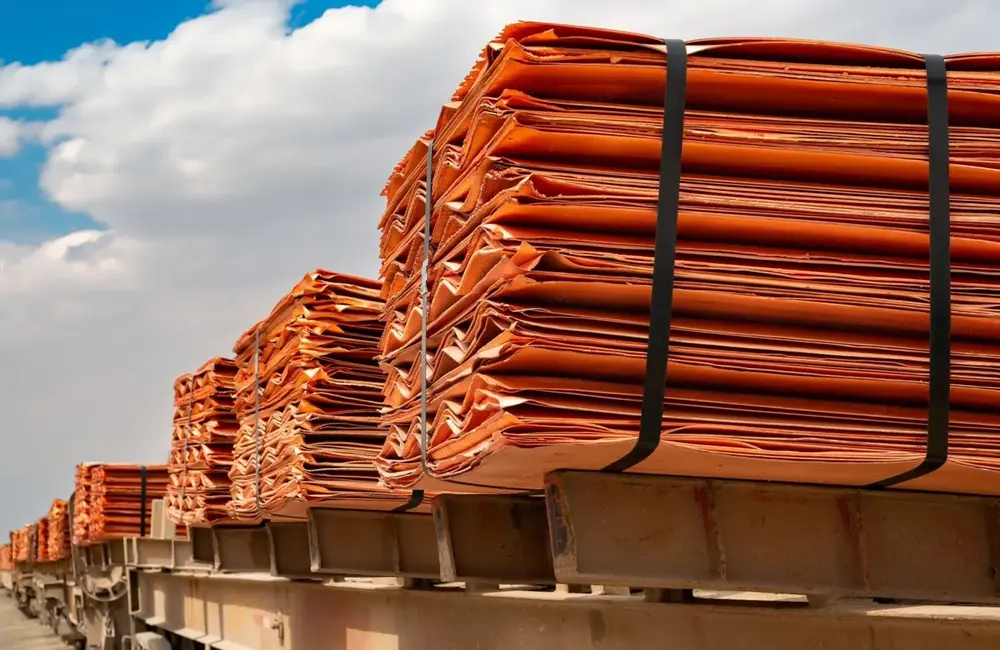Without factoring electrification of the global economy, 700 million mt or more copper have to be mined in the next 22 years with a GDP growth of 3.5%, the equivalent of the same amount of copper ever mined, Ivanhoe Mines Founder & Co-Chair Robert Friedland said at Investing in African Mining Indaba 2022 May 11.
Electrification and the Need for Metals
“There’s a massive challenge with mining,” he added, saying electrification was key to achieving global decarbonization goals.
A 1,000 lb EV battery, according to Friedland, consumed around 500,000 lb of raw material, which required when just transitioning the world’s passenger vehicles to EVs, more metals would need to be mined in the next 30 years than had been mined in all of history.
"Copper is the EV story. By 2030, over 20 million EV charging points are expected globally, and their electricity consumption is greater than 250% more copper,” he said.
For 2040, passenger EVs would need in excess of 3.7 million copper/year, Friedland said, whereas ICE vehicles would need roughly 1 million mt.
He explained that ICE vehicles contained 20 kg of copper, which increased to 40 kg for a hybrid, 109 kg for a plug-in EV, and even more is expected in next-generation electric trucks.
“We cannot get there without electrifying the world economy. It’s the electrify everything age, and the issue is that renewable tech is ridiculously metal-intensive,” Friedland said.
Solar and wind-power technology was seven to 37 times more copper-intensive than electricity, he noted.
Furthermore, all power grids in the world were unreliable, and a big investment was needed to modernize outdated grids. In the US alone, an investment of approximately $208 billion was needed by 2029, and another about $338 billion by 2039, he said.
“Electricity grids are aged, and they can’t accommodate any and all electrification of the world. How much copper do we need for new smart grids in Europe, the US, and Africa?” Friedland said.
Global Shortages of Metals
Underinvestment in the mining industry had been expected to cause global shortages of copper, nickel, and other battery metals, Friedland said.
Using a forecast from BMO Capital Markets, it was expected that by 2030 there would be a 9 million mt copper deficit, he said.
The London Metal Exchange three-month copper price closed at $9,228.50/mt on May 10, down 5.5% since the start of 2022, despite the market hitting an intra-year high of $10,674/mt on March 4.
That was happening in older copper mines as well, which translated into more water use, more electricity use, and more global warming per ton of copper produced. The energy required to produce copper was now 16 times greater per unit, and consumption had been doubled, Friedland said.
“We’re sitting on the edge of a cliff creatively, the existing copper mines are like little old ladies lying in bed and waiting to die,” he said.
Friedland questioned how all the metals for the energy transition, copper included, would be sourced, saying the world would need to invest $240 billion over the next five years to keep up with surging demand for metals.
“All the money went into internet, broadband, the cloud, apps, you didn’t allocate sufficient to miners, we’ve starved mines of capital, so we’re not surprised when there’s a period of disruption… I can tell you that the whole shebang on improving life on this blue dot depends on the mining industry,” he said.
Africa's Role in the Energy Transition
Africa was a piece of the answer, “the cradle of life” because of the continent’s many reserves, with the Arabian Shield being where responsible, future metals and minerals would be mined, Friedland said.
But any ongoing projects, he said, should elevate those on the continent.
"We must revolutionize mining and make it part of the solution, not the problem," Friedland said.
The Kamoa-Kakula copper mining complex operated by Ivanhoe in the Democratic Republic of Congo is being expanded to increase year-on-year copper production capacity to approximately 600,000 mt/year by the fourth quarter of 2024, making it the world's third-largest copper mining complex and the largest in Africa.
The initial output from the Phase 3 expansion is anticipated to begin in late 2024.
Friedland estimated that 10-20 additional giant copper mines will be required to sustain a 3.7% annual economic growth, with many more needed for electrification.
"We need eight Kamoa-Kakulas like that in the next couple of days, it's a big problem," he said, adding that what the world needed was a change in how we produce metals and how we distribute and transmit them across the entire supply chain.
Africa could also play a role in the hydrogen economy, with South Africa home to some of the biggest palladium and platinum assets in the world, said Friedland, with most of the world set to turn to South Africa as a Russian solution was no longer viable.
“Hydrogen-powered cars should use five times as much platinum as would be needed to make a gas-powered car… we need a lot more mines to get that platinum,” he added.
Ivanhoe owns 64% of the Platreef PGM mine being developed in South Africa, which is moving towards first production and is expected to deliver 590,000 oz/year of palladium, platinum, rhodium, and gold, plus 40 million lb/year of nickel and copper in the stage 2 development.





















